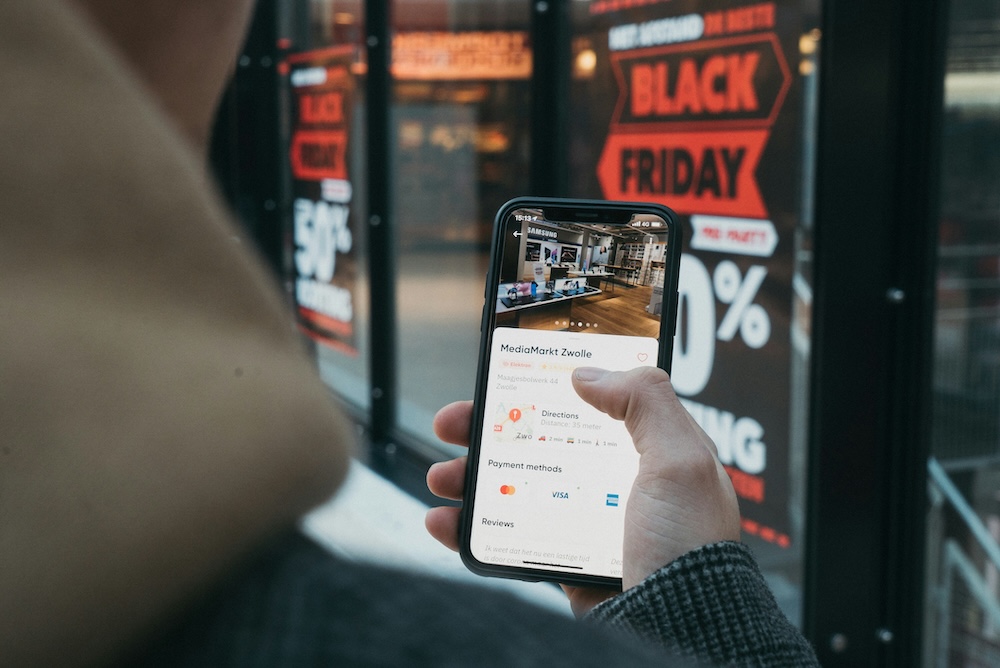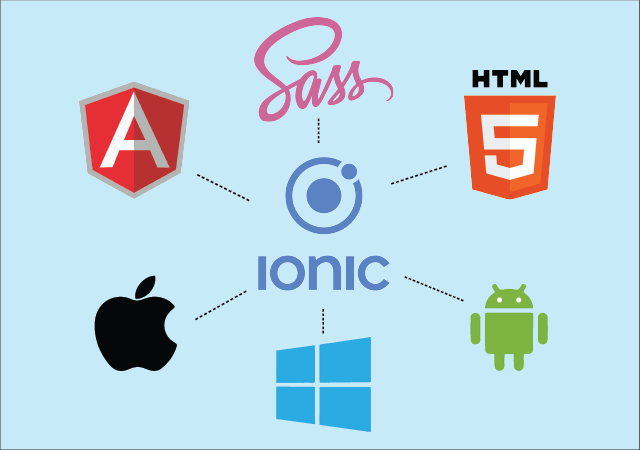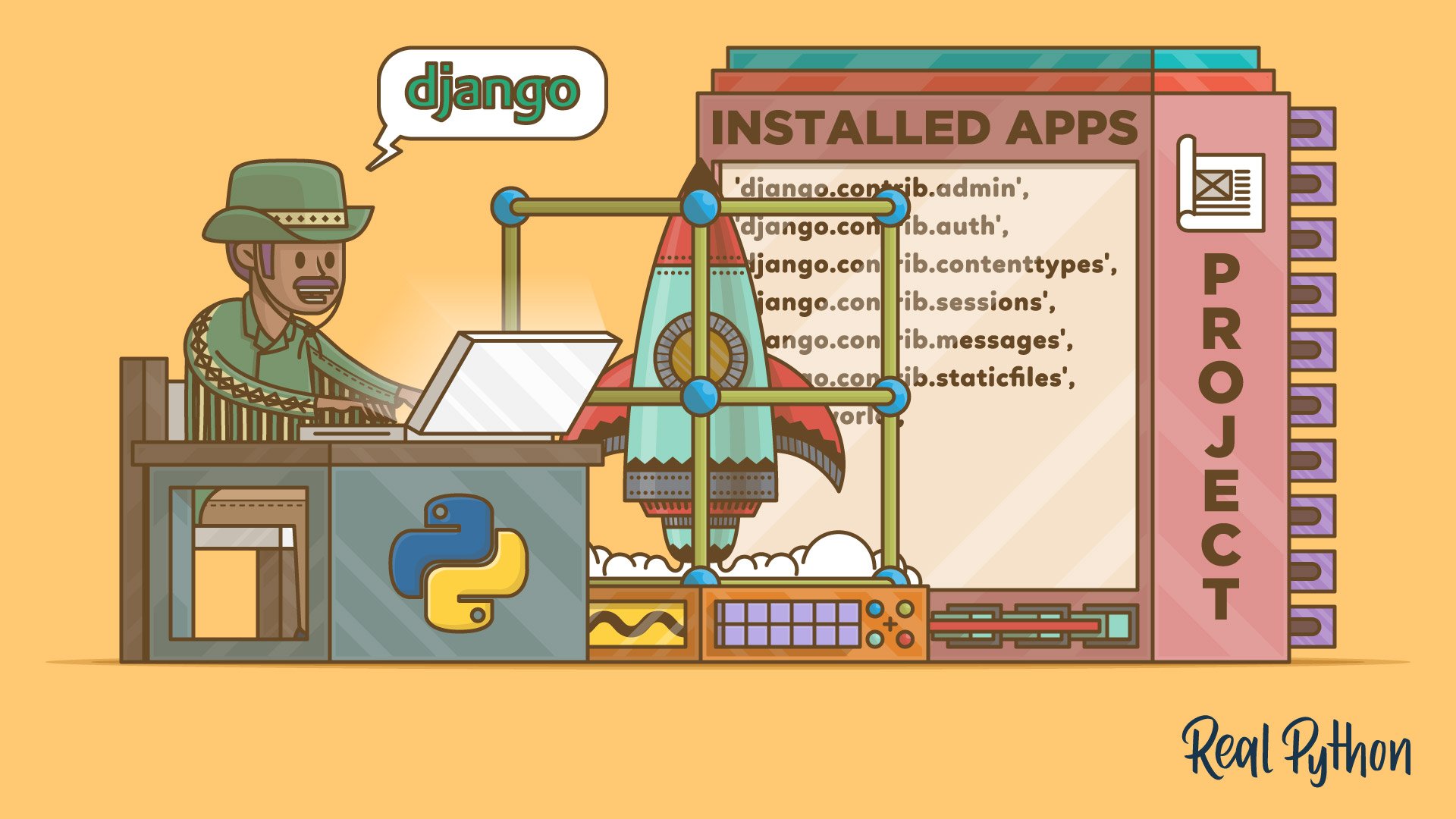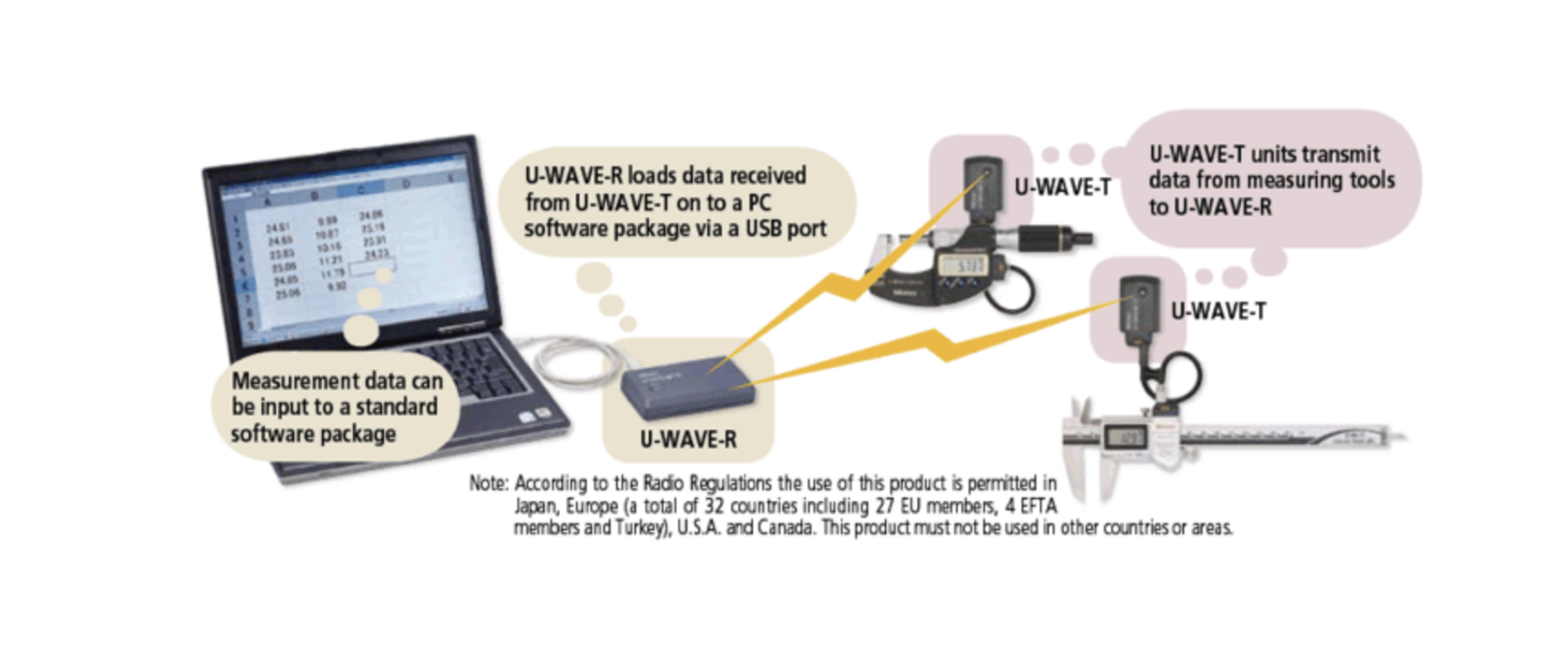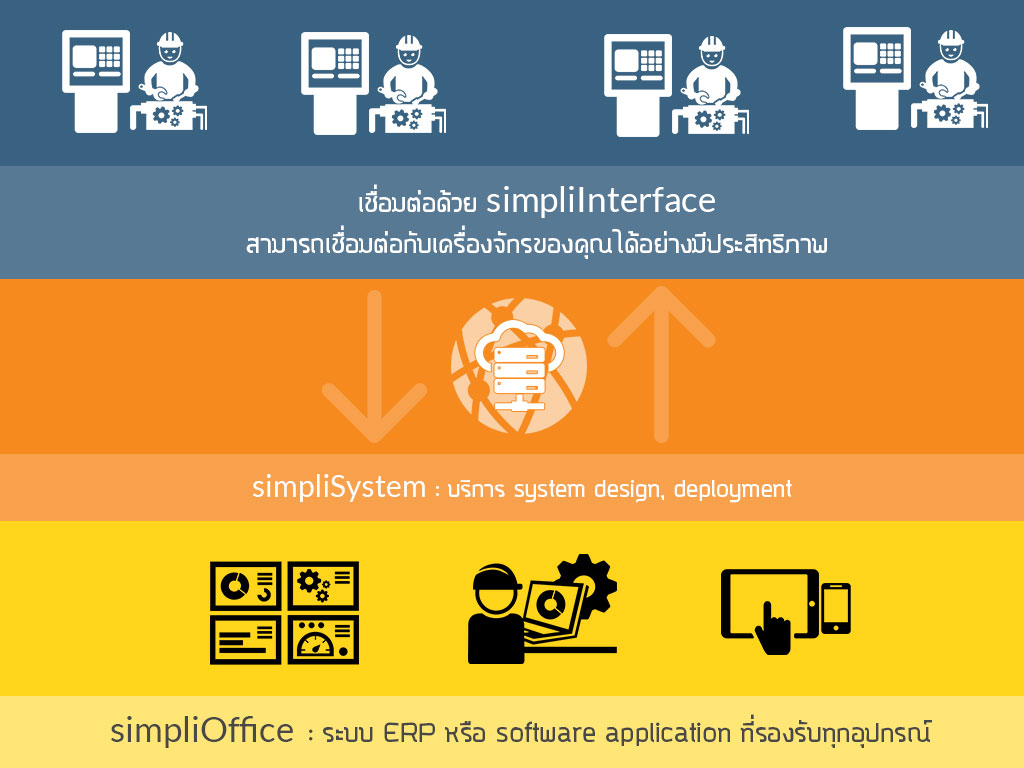Durian Farming with Integrated Dashboard and Python Machine Learning Libraries
Introduction
Durian is a high-value fruit, especially in Southeast Asia, where countries like Thailand are major producers. However, durian farming requires close monitoring of various factors, such as soil moisture, temperature, and rainfall. Integrating IoT (Internet of Things) technology with machine learning can help farmers predict and optimize their farming processes for better efficiency and productivity.
This article explains how to integrate sensor data from a durian farm with machine learning libraries in Python and visualize the results on a dashboard. This setup allows farmers to make data-driven decisions to manage their farms more effectively.
System Components
1. IoT Sensors for Farming
In a durian farm, IoT sensors can be installed to monitor environmental factors such as:
- Soil moisture sensors
- Temperature sensors
- Sunlight intensity sensors
-
Rainfall measurement devices
Data collected from these sensors are sent to a computer system for processing and stored in a database.
2. Using Python Machine Learning Libraries
Sensor data can be analyzed using Python machine learning libraries such as Scikit-Learn, XGBoost, or TensorFlow. These libraries enable predictions and decision-making in farm management. For example:
- Predicting when to irrigate the crops
- Detecting plant diseases from sensor data or images of leaves and durian fruits
- Analyzing trends in yield based on weather conditions
3. Dashboard for Data Visualization
To make the data and predictions accessible to farmers, the information can be displayed on a user-friendly dashboard. Tools like Plotly Dash, Grafana, or OpenSearch Dashboards can be used to create real-time graphs and visualizations, enabling farmers to track key metrics easily.
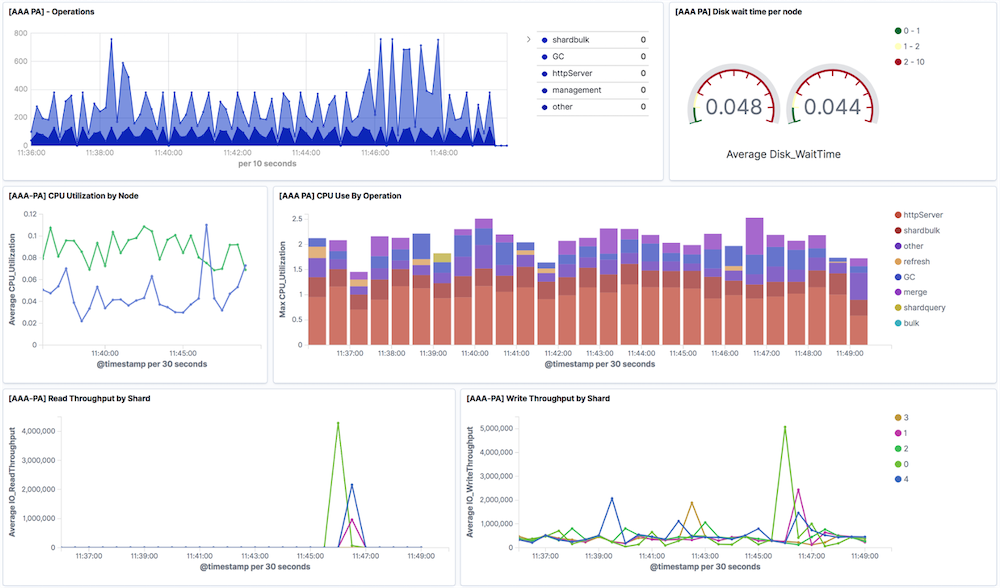
Workflow
1. Collecting Data from Sensors
Sensor data, such as soil moisture and temperature, is collected and sent to the server, where it is stored in a database. This data will be used to predict and manage farming conditions.
2. Processing and Predictions
The collected sensor data is processed using Python machine learning libraries. Here are some use cases:
-
Soil Moisture Prediction: Using past soil moisture data, a Linear Regression model from Scikit-Learn can be used to predict when to irrigate the farm.
from sklearn.linear_model import LinearRegression import numpy as np # Sensor data for soil moisture moisture_data = np.array([[1, 35], [2, 30], [3, 28], [4, 27], [5, 25]]) # [day, moisture level] X = moisture_data[:, 0].reshape(-1, 1) # day y = moisture_data[:, 1] # moisture level # Building a Linear Regression model model = LinearRegression() model.fit(X, y) # Predicting moisture level for the next day next_day = np.array([[6]]) # day 6 predicted_moisture = model.predict(next_day) print(f"Predicted soil moisture for day 6: {predicted_moisture[0]}%")- Disease Detection: Using TensorFlow or PyTorch, deep learning models can be trained to detect plant diseases from images of leaves or fruits captured by drones or installed cameras in the farm.
3. Displaying Results on a Dashboard
Once predictions are made, the data can be displayed on a dashboard for easy tracking and planning. The dashboard can show key information such as:
- Soil moisture levels in different areas of the farm
- Predictions for the best harvesting times
-
Alerts related to plant disease detection or unfavorable weather conditions
Example of creating a graph in a dashboard using Plotly Dash:
import dash import dash_core_components as dcc import dash_html_components as html import plotly.graph_objs as go app = dash.Dash(__name__) # Graph data showing soil moisture levels data = [ go.Scatter(x=[1, 2, 3, 4, 5], y=[35, 30, 28, 27, 25], mode='lines+markers', name='Soil Moisture') ] app.layout = html.Div(children=[ html.H1('Durian Farm Dashboard'), dcc.Graph( id='soil-moisture-graph', figure={ 'data': data, 'layout': go.Layout(title='Soil Moisture Over Time', xaxis={'title': 'Day'}, yaxis={'title': 'Moisture (%)'}) } ) ]) if __name__ == '__main__': app.run_server(debug=True)
4. Automated Alerts
The system can also send automated alerts, such as when soil moisture drops below a critical threshold or when temperatures exceed optimal levels. These alerts can be sent directly to the farmer's smartphone for immediate action.
Use Case: Automated Irrigation Based on Soil Moisture Predictions
Mr. Somchai, a durian farmer in southern Thailand, experiences rapidly changing weather conditions. He installed soil moisture and temperature sensors throughout his farm. The sensor data is analyzed using a machine learning model that predicts when irrigation is needed to maintain optimal moisture levels.
Somchai can track the analysis on a dashboard via his smartphone, receiving alerts when it’s time to irrigate or when there are signs of adverse weather conditions that could harm the crops. This system helps him save time, reduce water wastage, and improve the quality of his durian yield.
Conclusion
By integrating IoT, machine learning, and dashboards, durian farming can become more efficient and data-driven. Farmers can control and predict various factors in the farm, reducing costs, increasing yield, and mitigating risks from environmental changes. This technology is a key enabler for the future of smart farming, allowing farmers to make precise decisions that enhance their operations.
Get in Touch with us
Related Posts
- Temporal × 本地大模型 × Robot Framework 面向中国企业的可靠业务自动化架构实践
- Building Reliable Office Automation with Temporal, Local LLMs, and Robot Framework
- RPA + AI: 为什么没有“智能”的自动化一定失败, 而没有“治理”的智能同样不可落地
- RPA + AI: Why Automation Fails Without Intelligence — and Intelligence Fails Without Control
- Simulating Border Conflict and Proxy War
- 先解决“检索与访问”问题 重塑高校图书馆战略价值的最快路径
- Fix Discovery & Access First: The Fastest Way to Restore the University Library’s Strategic Value
- 我们正在开发一个连接工厂与再生资源企业的废料交易平台
- We’re Building a Better Way for Factories and Recyclers to Trade Scrap
- 如何使用 Python 开发 MES(制造执行系统) —— 面向中国制造企业的实用指南
- How to Develop a Manufacturing Execution System (MES) with Python
- MES、ERP 与 SCADA 的区别与边界 —— 制造业系统角色与连接关系详解
- MES vs ERP vs SCADA: Roles and Boundaries Explained
- 为什么学习软件开发如此“痛苦” ——以及真正有效的解决方法
- Why Learning Software Development Feels So Painful — and How to Fix It
- 企业最终会选择哪种 AI:GPT 风格,还是 Gemini 风格?
- What Enterprises Will Choose: GPT-Style AI or Gemini-Style AI?
- GPT-5.2 在哪些真实业务场景中明显优于 GPT-5.1
- Top Real-World Use Cases Where GPT-5.2 Shines Over GPT-5.1
- ChatGPT 5.2 与 5.1 的区别 —— 用通俗类比来理解



